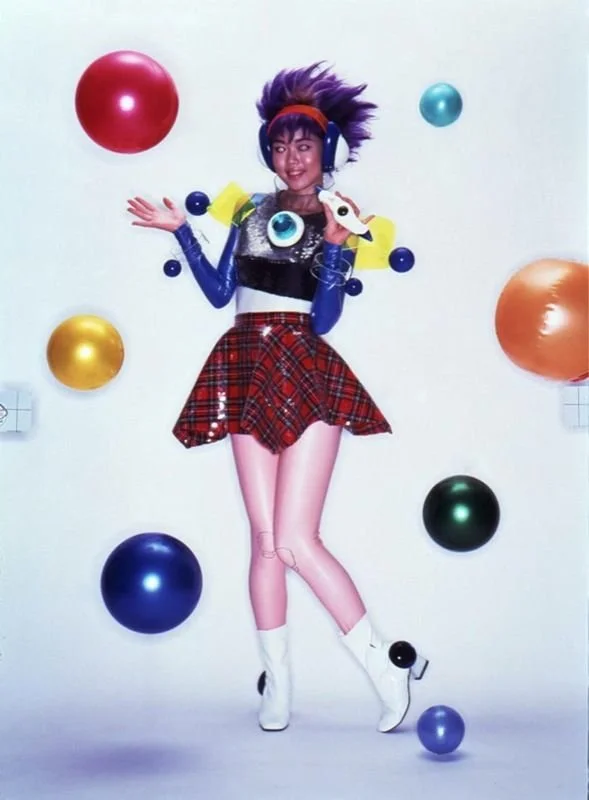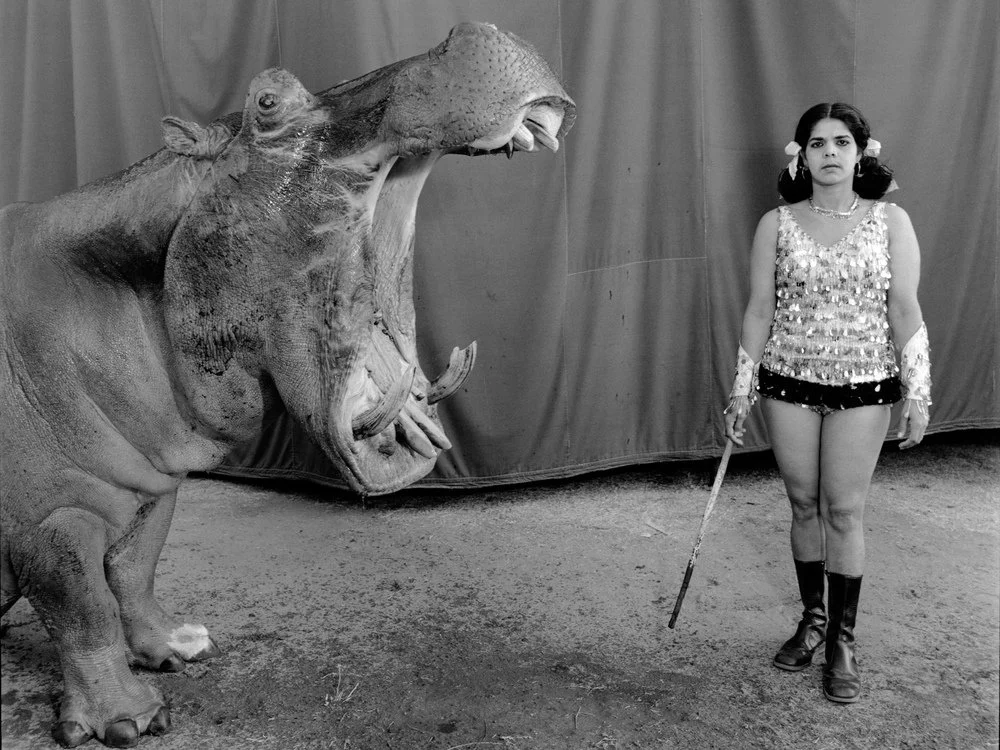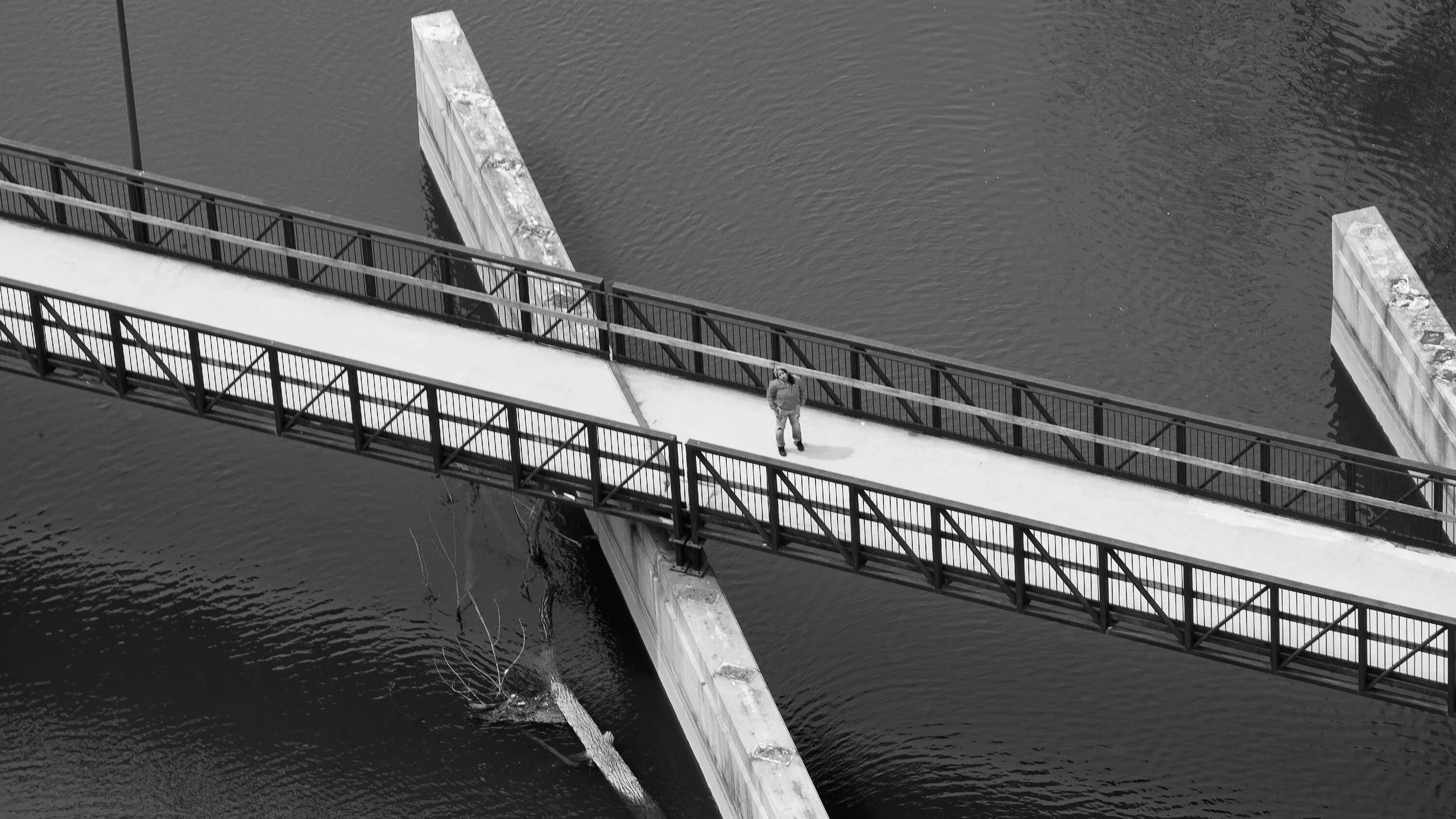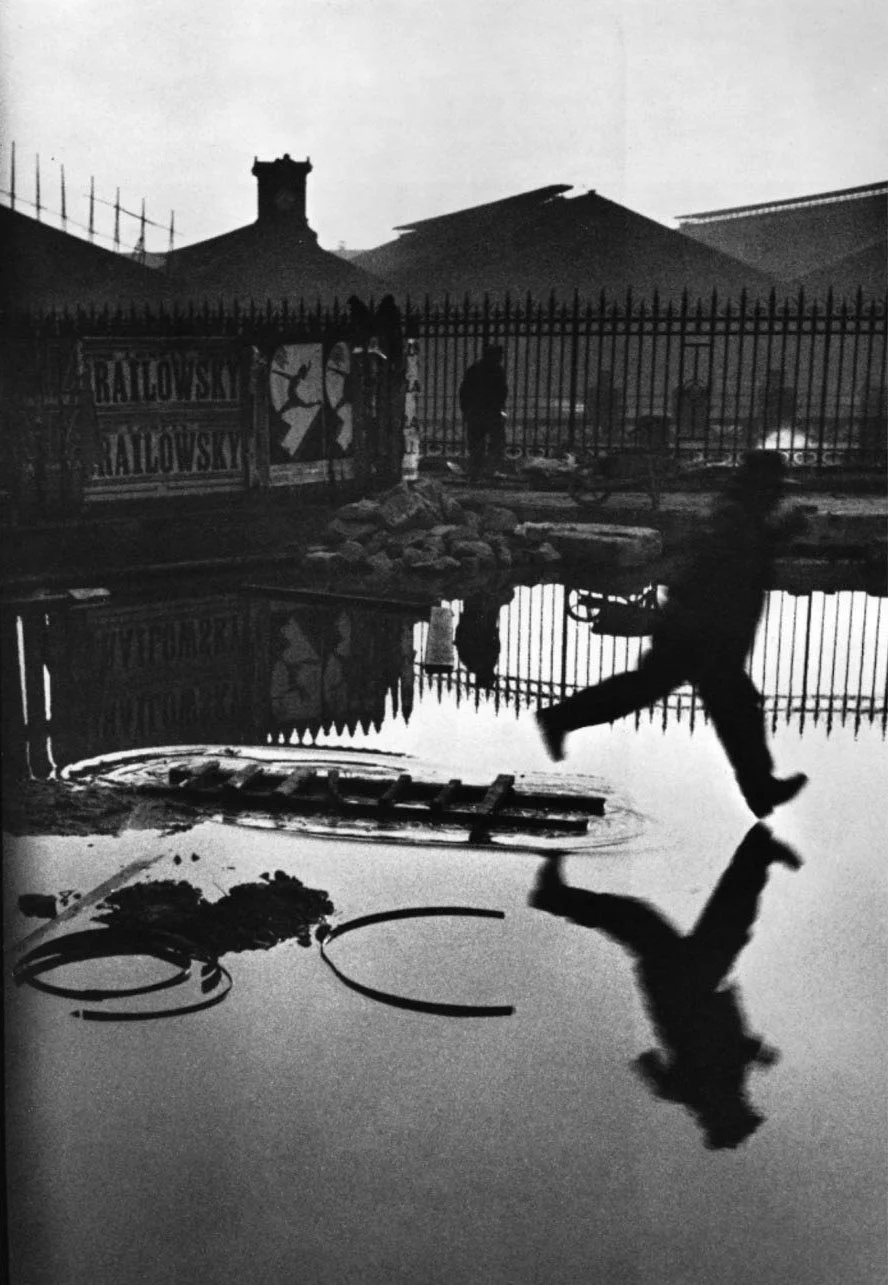Top 10 favorite photographers I study to this day.
In the seven years of shooting photography, be it film or digital, I’ve come across 10 photographers I’ve learned from. In the past year or so, I started off with 5, eventually expanding within the past few months. I was giving myself a brief introduction of my influences that I learned in grad school. At that time, there has not been a day where I did not observe or appreciate the works of art I’ve seen in galleries; whether it be among my cohorts or from the works of renowned artists. However, in this article, I am only talking about photographers that have molded my view as an artist.
Mariko Mori
In her earlier works, Mariko Mori is imaginative in ways of her everlasting and mutable artistic implements. Her photography is heavily influenced by cosplay, which is what I am totally interested in because she describes her work as Self-Representation. Her knowledge for fashion is inserted in her photography that gives off a performance as she uses herself as the subject. “Portrait of a Birth of a Star” portrays Mori proclaiming her own fame and ascendancy as a prominent art figure in Tokyo during the 1990s. This work was her transition to move into monumental pieces where Mori’s intent eventually was to use meditation as a method to shift away from-self representation.
Birth of a Star (1995)
Carrie Mae Weems
Carrie Mae Weems began showing her interest in photography when she received it as a birthday gift from her boyfriend at the time. She said that this camera was her way to move around the world in a certain kind of way, with a certain kind of purpose. Her Kitchen Table series encapsulates a domestic space in which Weems makes the theme around family. I love the imagery of capturing what black families are supposed to be about because so often back in the early 1940s and 50s we see more white families in portraits. My favorite image from the Kitchen Table series is when she is sitting at the table getting her hair done with the cigarette in one hand, and a cup of wine in another. I would say self-care at its finest.
Kitchen Table Series (woman brushing hair) (1990)
Malick Sidibe
Malick Sidibe is one photographer that captures the nightlife of carefree people dancing the night away. Going to all the clubs and weddings, Sidibe captures the social life. He takes his subject and sets up positions in his portraits without making them look idle. Like Sidibe, I too come from a drawing background This was his strategy. He has a fond memory of drawing and was able to create a relationship with photography.
Mary Ellen Mark
A few years ago, I went to a collection gallery, and I was walking around looking at the collections of photos from the likes of Hank Willis Thomas, and Carrie Mae Weems. Throughout my stroll in the gallery, I happened to come across a book of all the works of Mary Ellen Mark. Throughout her subjects, the photographs bring around the social awareness of homelessness, loneliness, drug addiction, and prostitution. She photographs a child who wears a black dress with a veil covering her face. Her body language and facial expressions tell a story of what she's been through. Body language displays vulnerability. Mark does talk about the selectiveness as a photographer when framing the subject. After the editing and publishing, the photographer begins to form a point of view.
Hippopotamus and performer, Great Rayman Circus. Chennai, India, (1989).
Hank Willis Thomas
For as long as I have been looking at Thomas’s work, I have yet to take the time to analyze his thought process in his work. It is said that he curates imagery through the appropriation of historic advertisements.
Lorna Simpson
When she started her art journey, Lorna Simpson trained as a painter. However, her skills were not as on par as other painters. In an interview, she stated that “Oh God, I'm just slaving away at this”. As a result, she shifted her skills into photography. Another artist I relate to much like Sidibe, shifting mediums is paramount in your art career in order to have a signature style to your work. Simpson possesses such that she doesn’t limit herself to one particular medium. She merges photography with painting, collages, and printmaking.
Details (21 works), 1996
Latoya Ruby Frazier
Shea standing above the Flint River on the Flint River Trail near the University of Michigan Flint Campus [detail], (2016 / 2017)
A few years ago in grad school, I was looking at the works of Latoya Ruby Frazier about the residents of Flint, Michigan. Frazier explores Flint’s water crisis and the effects on its residents for the past five months. The literal poisoning of a community can be similar to the psychological poisoning of a community such as gentrification.
Vivian Maier
The life of Vivian Maier remains unknown, however her street photography was well known after her untimely death. Maier created a darkroom in her private bathroom which allowed her to develop and print her own black and white film. In the late 70’s however, she had to leave her home in Chicago leaving behind her rolls of undeveloped film. Her photographs in storage were eventually sold off in an auction because she was behind on rent payments in 2007. Even though most people would consider her a mystery, it is worth noting that her mystery still exists today due to auctions making it incapable of structuring archives, and the remaining evidence of her travels. I can safely say that she is one of many trendsetters of the selfie.
Self Portrait (1956)
Henri Cartier-Bresson
I have always heard of Henri Cartier-Bresson, however I never took the time to learn more about his work. He learns photography from the works of Man Ray and Eugene Atget. He started off with a very small camera that shoots instantaneously. Bresson shooting with small cameras drew less attention by hiding it with a makeshift handkerchief. It creates anonymity. In a new generation where people are now labeling it as very creepy to snap a photo these days, back then it was deemed as not a big of a deal.
Behind the Gare Saint Lazare (1933)
Jeff Wall
Jeff Wall is known for large-scale photographs of contemporary everyday genre scenes populated with figures. In the early 1990s he became interested in still lifes. He distinguishes between unstaged "documentary" pictures, and "cinematographic" pictures, produced using a combination of actors, sets, and special effects. Wall has used digital technology to create montages of different individual negatives, blending them into what appears as a single unified photograph. His signature works are large transparencies mounted on light boxes; he says he conceived this format when he saw back-lit advertisements at bus stops during a trip between Spain and London.
Passerby (1996)
There are more photographers that could fit on here. The journey continues as I learn more.










